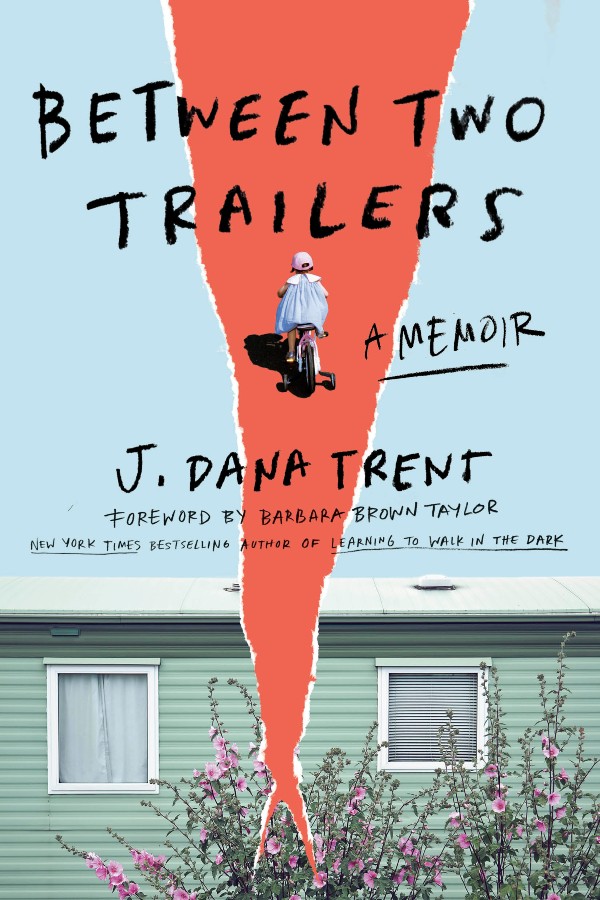“There’s a road that runs straight through your heart. Walk on it.” -- Macrina Wiederkehr
Amid the wheat fields of north central Oklahoma is the tiny town of Tonkawa. At the center of Tonkawa is the only dual-path, heart-shaped labyrinth in the world.
When you enter the labyrinth, there is first a small iron heart -- a pausing stone, a place to clear your mind and to name, “Why are you taking this walk today?”
A bend to the right or left will then take you on a path through seven layers of serpentine folds to the very center of the labyrinth -- a beautiful brick red heart. Above the heart is a practical halo of golden stone. After a prayer there, a circle of the paths brings you back to the pausing stone.
Surrounding the heart-shaped labyrinth are nearly 100 bricks marking significant moments in Tonkawa’s history.
The labyrinth is used by college students and school children, church groups and recovery programs. Conflict management and forgiveness are taught there.
For Tonkawa -- which means “They all stay together” -- the labyrinth serves as an outdoor cathedral. A sanctuary. A source of healing. A place of soulful reflection and splendid light. The small heart that serves as the pausing point pulses with an invitation to enter. Somehow, all the broken pieces hold together during a walk through the heart.
Our family took a journey through our own labyrinth six years ago when our second daughter Caitlyn was born. With Caitlyn we had four months in the hospital, three heart surgeries, two tough diagnoses (Down Syndrome and an AV Canal defect), and one hope -- that she would live.
During those months we received countless lessons in the anatomy of the heart. Aorta. Pulmonary artery. Left atrium. Right atrium. Left ventricle. Right ventricle. Pulmonary valve. Mitral valve. Aortic valve. Ticuspid valve. And, the lub-dub, lub-dub, lub-dub pulse of the heart.
Alongside the sketches of the heart drawn by her cardiologist, we scrawled our prayers, “Come, Spirit, come.” We were just barely holding it together.
Heart problems. We all have them. The problem is we never pause long enough to take note. We are too busy trying to hold it together ourselves. Pulses raised from the busyness of any given normal day. Aches tucked deep within, grievances gone ungrieved. Losses that accrue in life, none of them necessarily big but cumulatively overwhelming. Clogs. Arrythmias. Blockages. Jesus says, “Bind up the brokenhearted,” and we all nod our heads.
One Sunday after Caitlyn’s birth, I took pause in worship during the hymn “The Gift of Love.” The lyrics embraced my every prayer:
Come spirit come, our hearts control,
Our spirits long, to be made whole.
Let inward love, guide every deed;
By this we worship, and are freed.
A new anatomical framework, not just for my own heart, but for the life of faith was revealed.
Here, in the heart, is a four-chambered cathedral. Suddenly the chambers of my heart had new names: inward love, guided deeds, worship and freedom. Here was a new path to walk.
Through the chamber of inward love, we discover and nurture self-care that will make room for outward love expressed to friend, neighbor and stranger.
In the chamber of guided deeds, we examine those actions that determine how we live -- our stewardship, our decision-making, our sharing of time and talents.
In the chamber of worship, we see how strength is found and nourished in a gathered community through disciplines such as confession, communion, baptism and education.
Finally, in the chamber of freedom, we are liberated to live the truth of the gospel strengthened by the community and guided by the gospel to free others through the work of mission, evangelism, justice, peace and reconciliation.
Just a few weeks after singing “The Gift of Love” hymn, our older daughter Leah made a cross from a palm during a Palm Sunday worship service. After entering the hospital room, Leah dropped the cross on Caitlyn’s chest and said, “Look what we made in church today.”
That cross, on Caitlyn’s heart, revealed an incredible picture; and alongside the moment, there was the quiet voice of God: “Lay the cross upon your heart.”
Certainly there are moments to pick up the cross and follow Christ. But occasionally in the life of faith, it is just as important to lay that cross down to gain strength and wisdom for the journey.
When that cross was laid across Caitlyn’s heart, I saw those four chambers pulsing with new life.
The practice of praying by heart is intended to further spiritual growth by moving through four chambers of spiritual disciplines. Each of these four chambers is important, and each enriched by the movement of one to the next. But this is not a list to be checked off. This is a life of faith that necessitates lyrical living. This is a cultivation of heart that requires a cyclical movement through all of the chambers.
Unfortunately, it is all too easy to get settled in one comfortable chamber. Participation in the life of worship, without engagement in the world, leads to a hole within the work of our heart. Engagement in the world, without time set aside for self-reflection and Sabbath, may appear just but it lacks the lifeblood of worship. To miss one piece of our heart work is to miss the pace that God intends for us by offering a four-fold blessing in our walk of faith.
Pastor and writer Gordon Atkinson addresses the problem by describing a labyrinth:
The labyrinth at the Church of Reconciliation is painted on canvas. It comes apart in four pieces, each of which is kept in a duffel bag. Recently, someone broke into the parish hall and stole one of the duffel bags. I’m not sure what the thief thought he was getting, but I bet he wasn’t expecting a fourth of a medieval labyrinth. The theft has, of course, caused some difficulty in walking the labyrinth at Reconciliation. I say difficulty, but what I mean is that you can’t walk it at all.
Trying to walk a labyrinth missing one of its chambers would result in chaos. So would the work of our hearts. So we keep practicing, moving through all four rhythmically and holistically. For the enrichment of our lives, whole-hearted engagement is necessary to see the interplay between heart work in each of the chambers both individual and corporate.
To determine the condition of the heart, one should ask each day, as Angeles Arrien writes in “The Four-Fold Way,” “Am I full-hearted, open-hearted, clear-hearted and strong-hearted?” In this exploration of spiritual disciplines, our corresponding question will be: “Am I engaged in the disciplines of inward love, guided deeds, corporate worship, and freedom for others?”
As leaders in faith, we have a responsibility both to offer meaningful engagement in each area as well as to summon our congregation to whole-hearted engagement.
As people of faith, we lay the cross across the hidden chambers of our own hearts as we explore the practices of inward love, guided deeds, worship and freedom. This four-chambered cathedral is a place where God’s radiant light breaks through to guide us and hold us together. “Come, Spirit, come, our hearts control, / Our spirits long to be made whole.”







